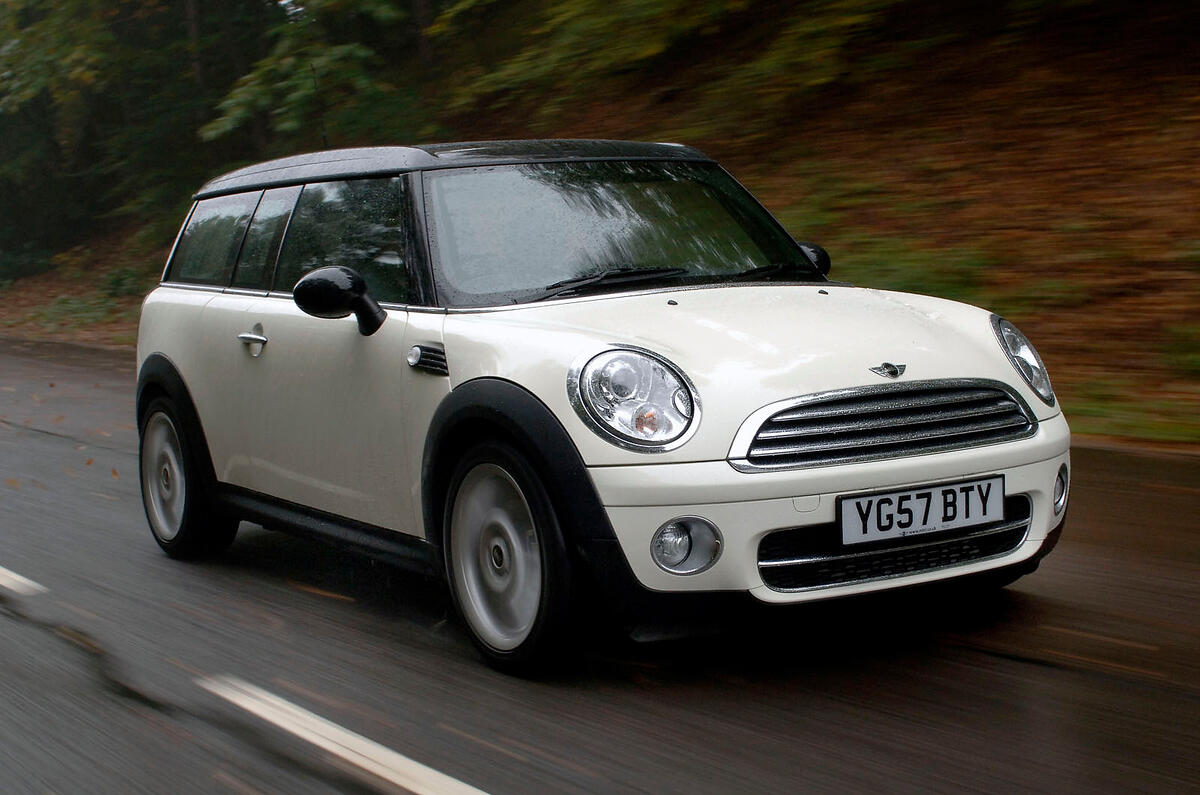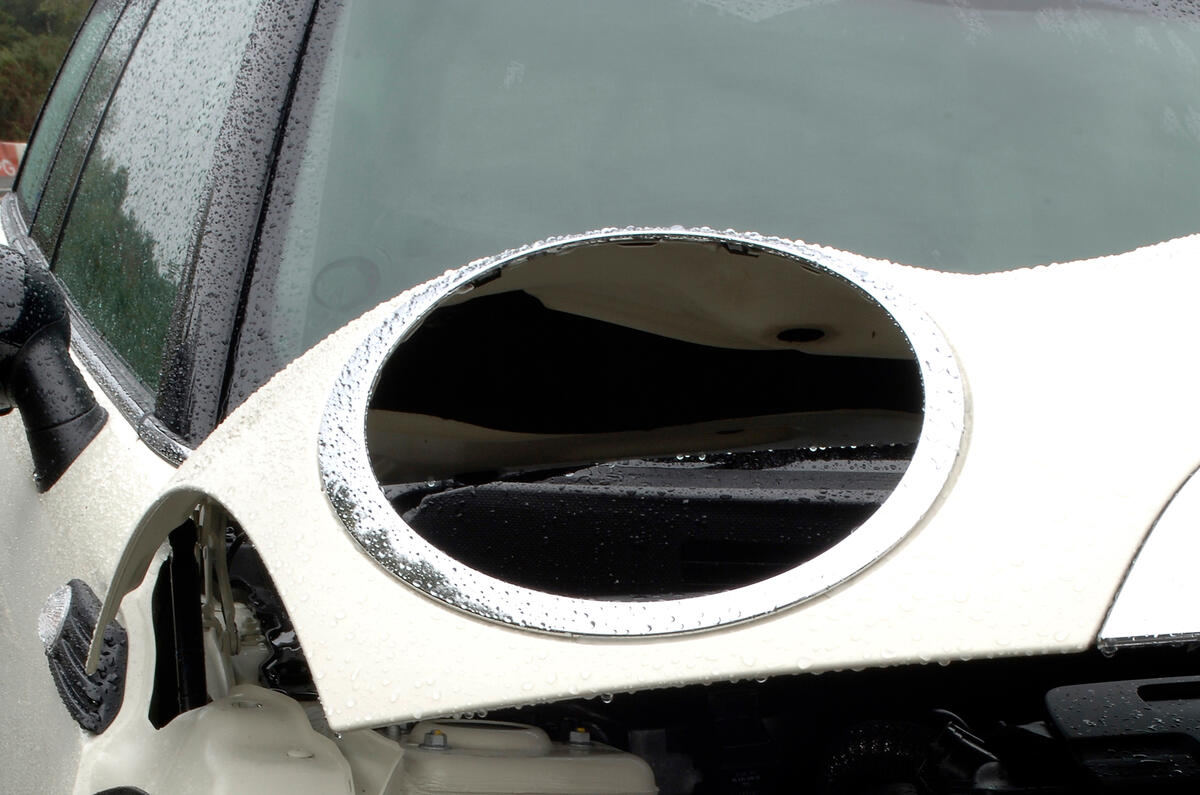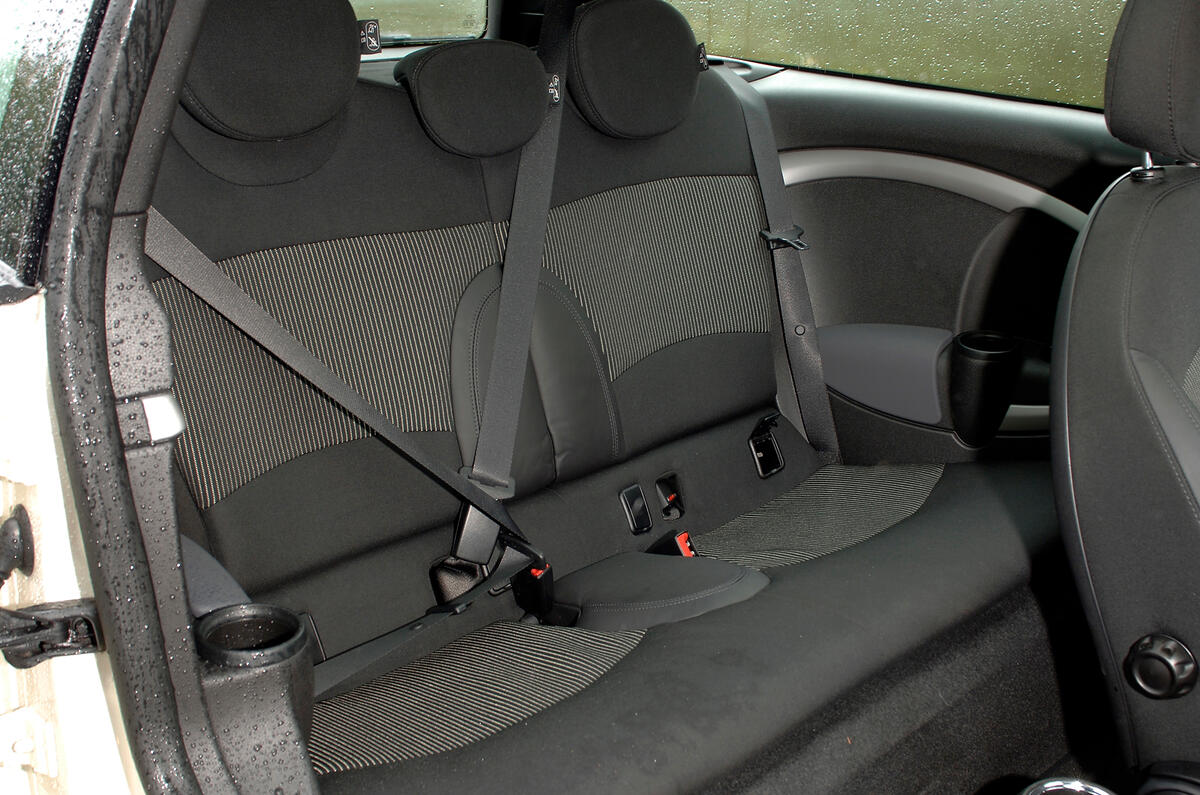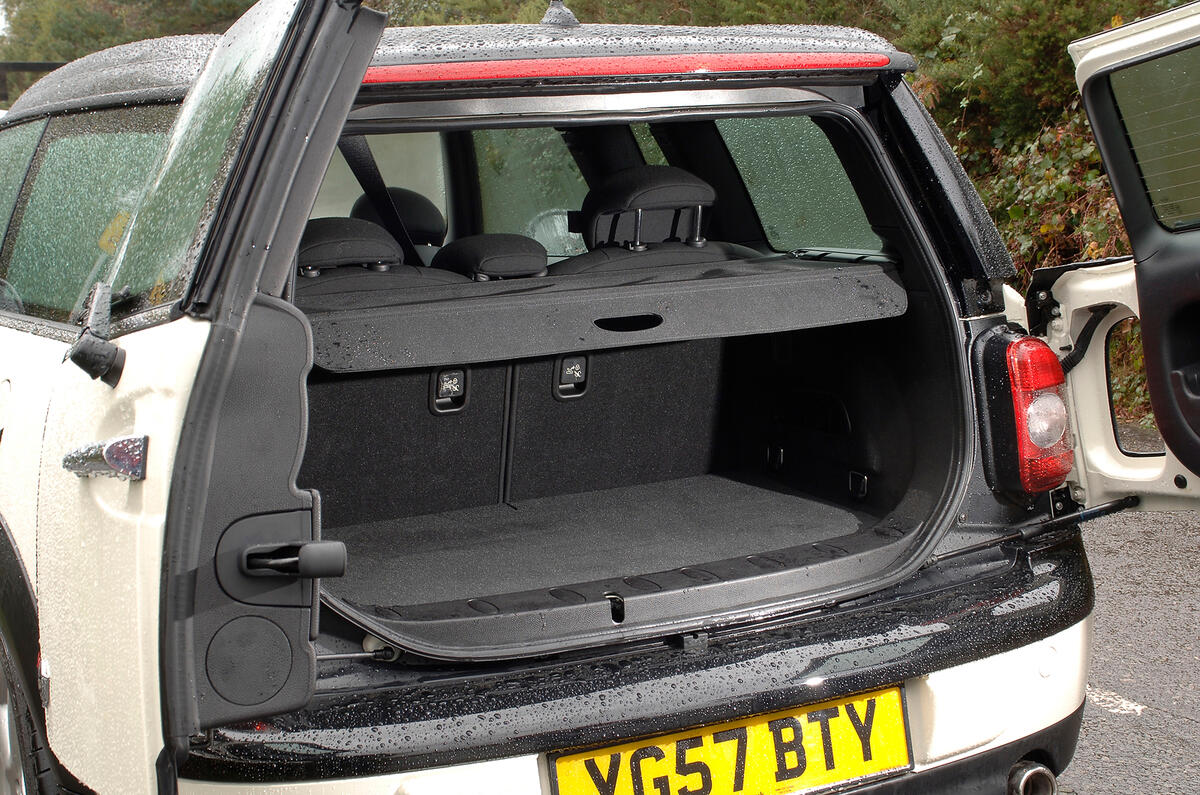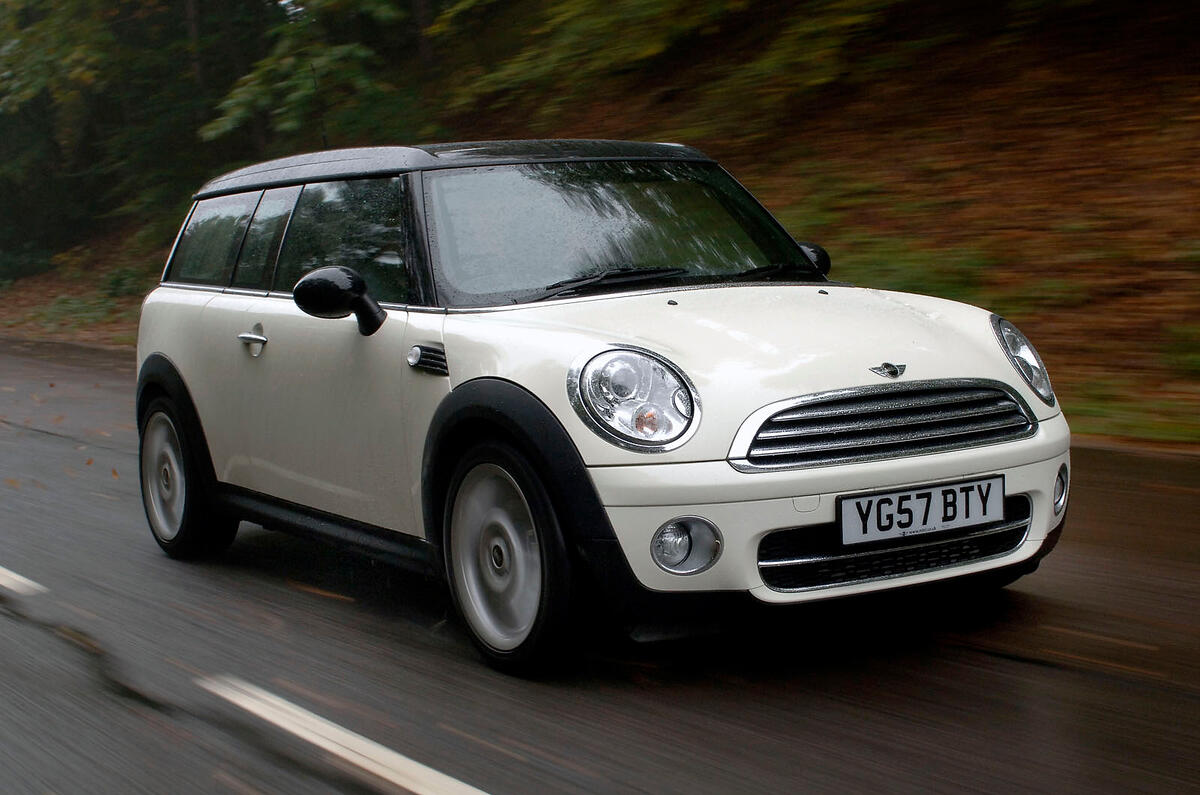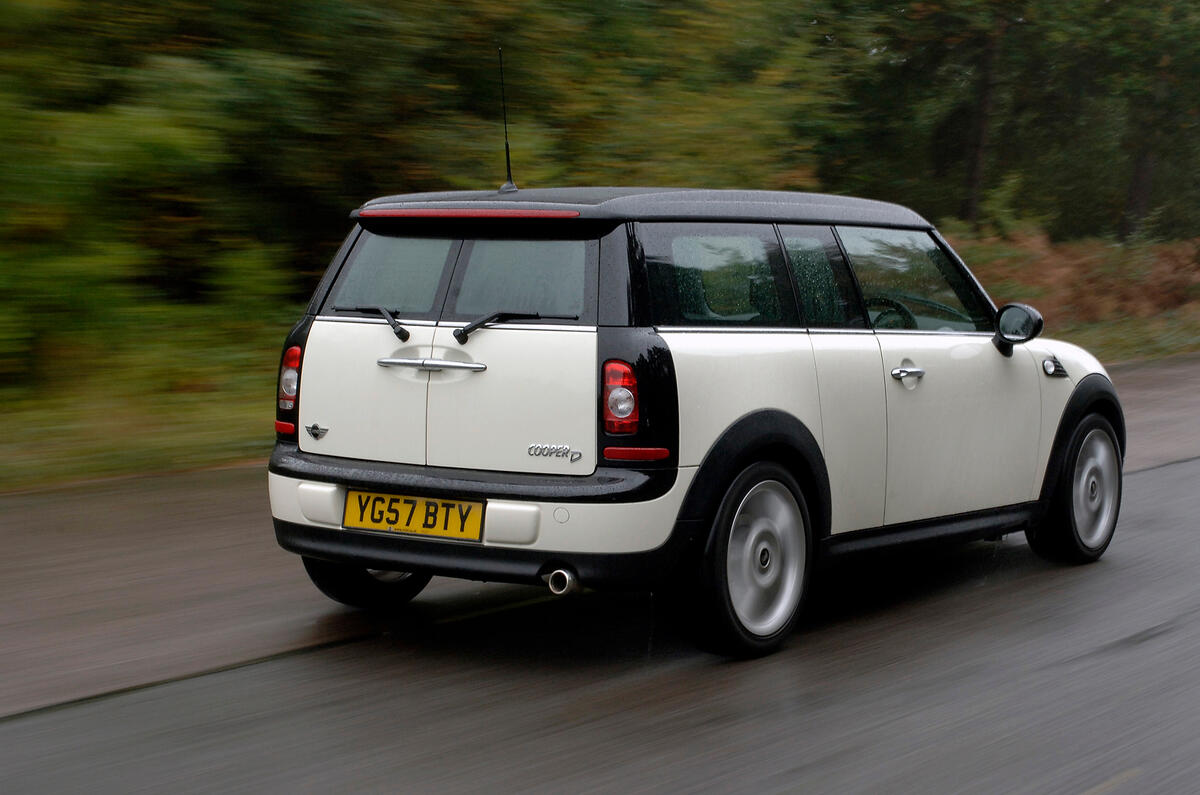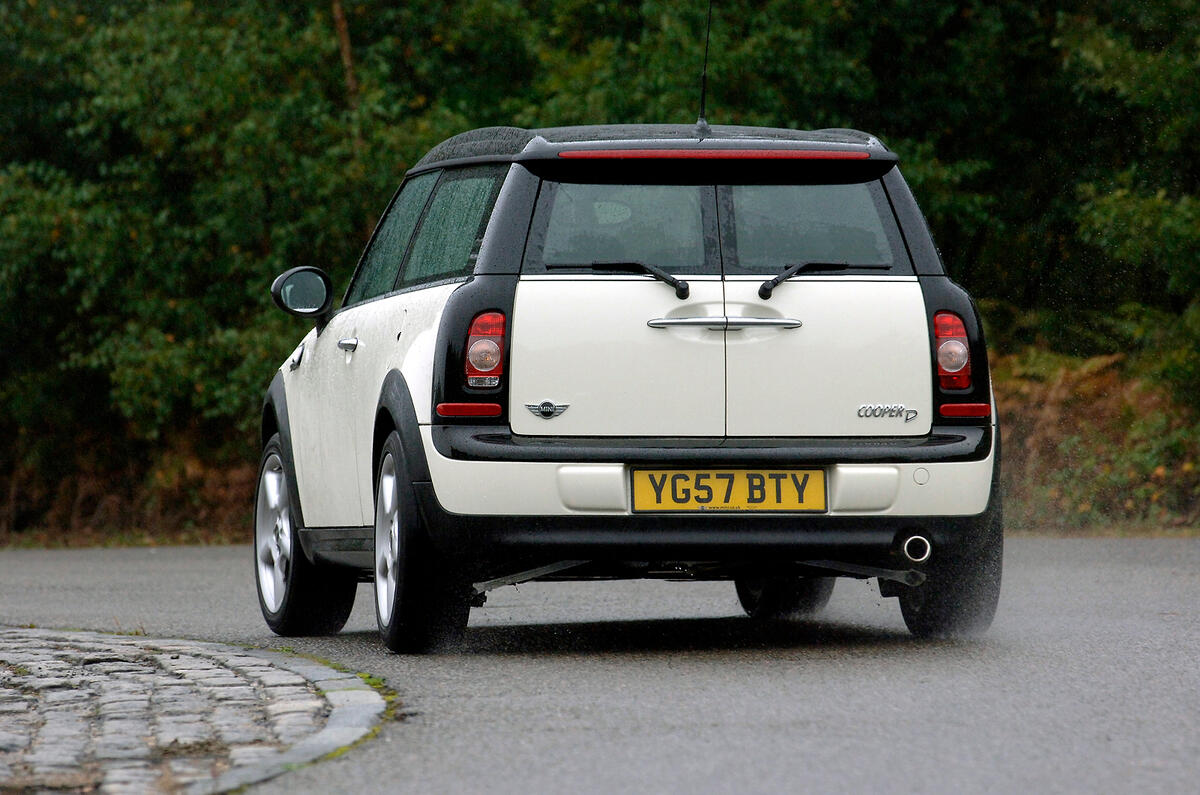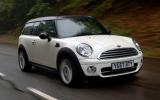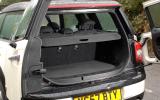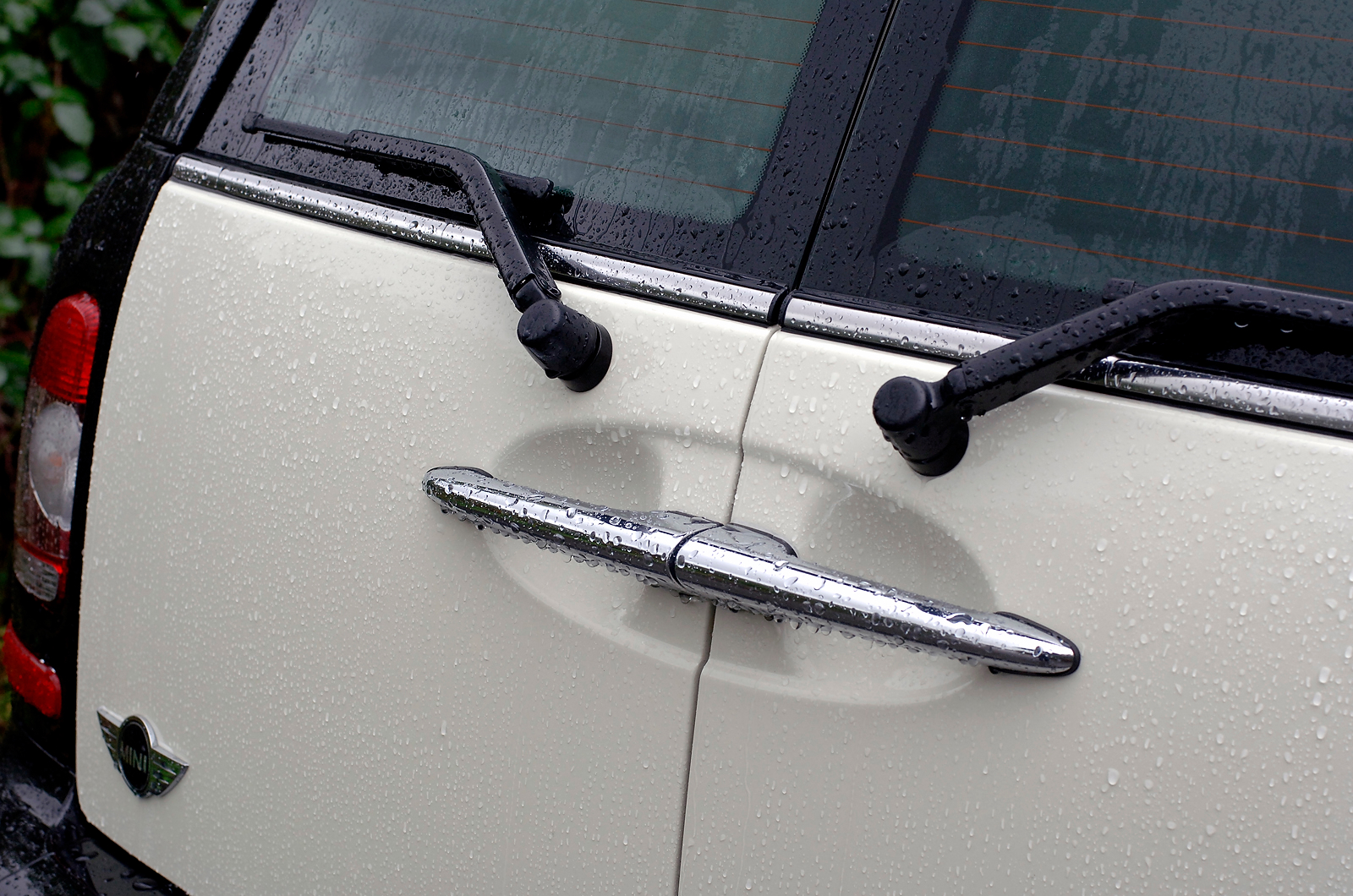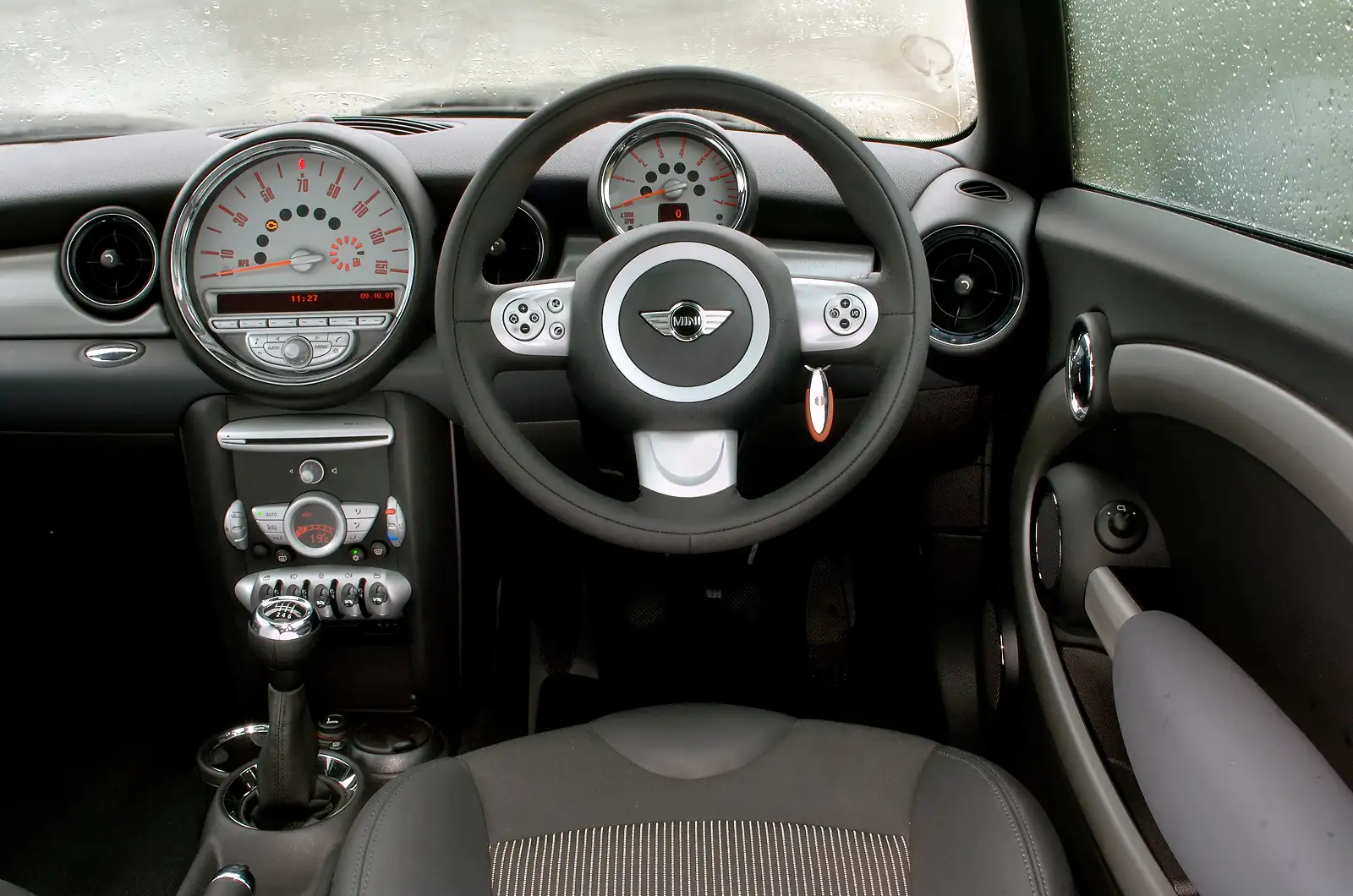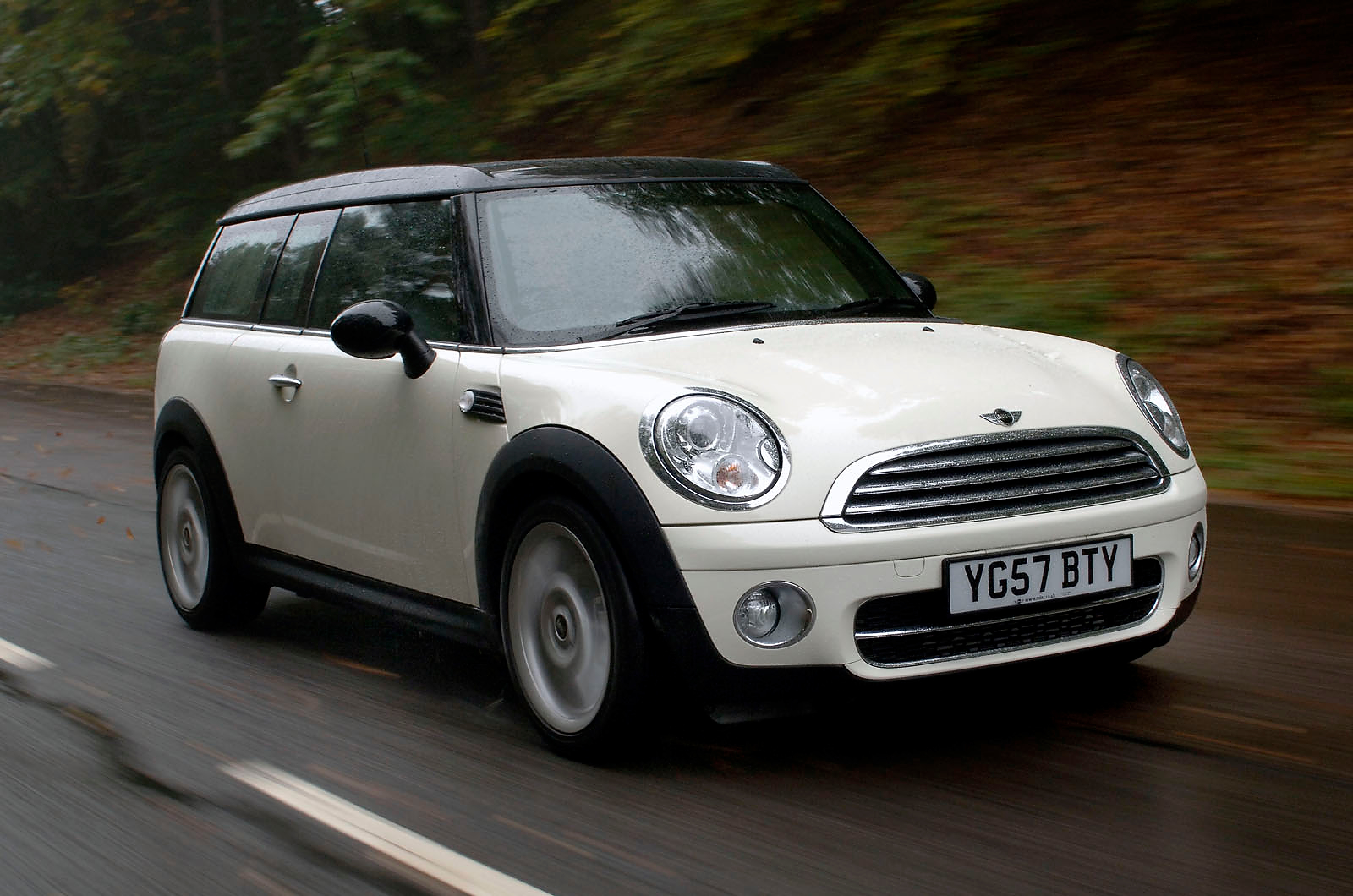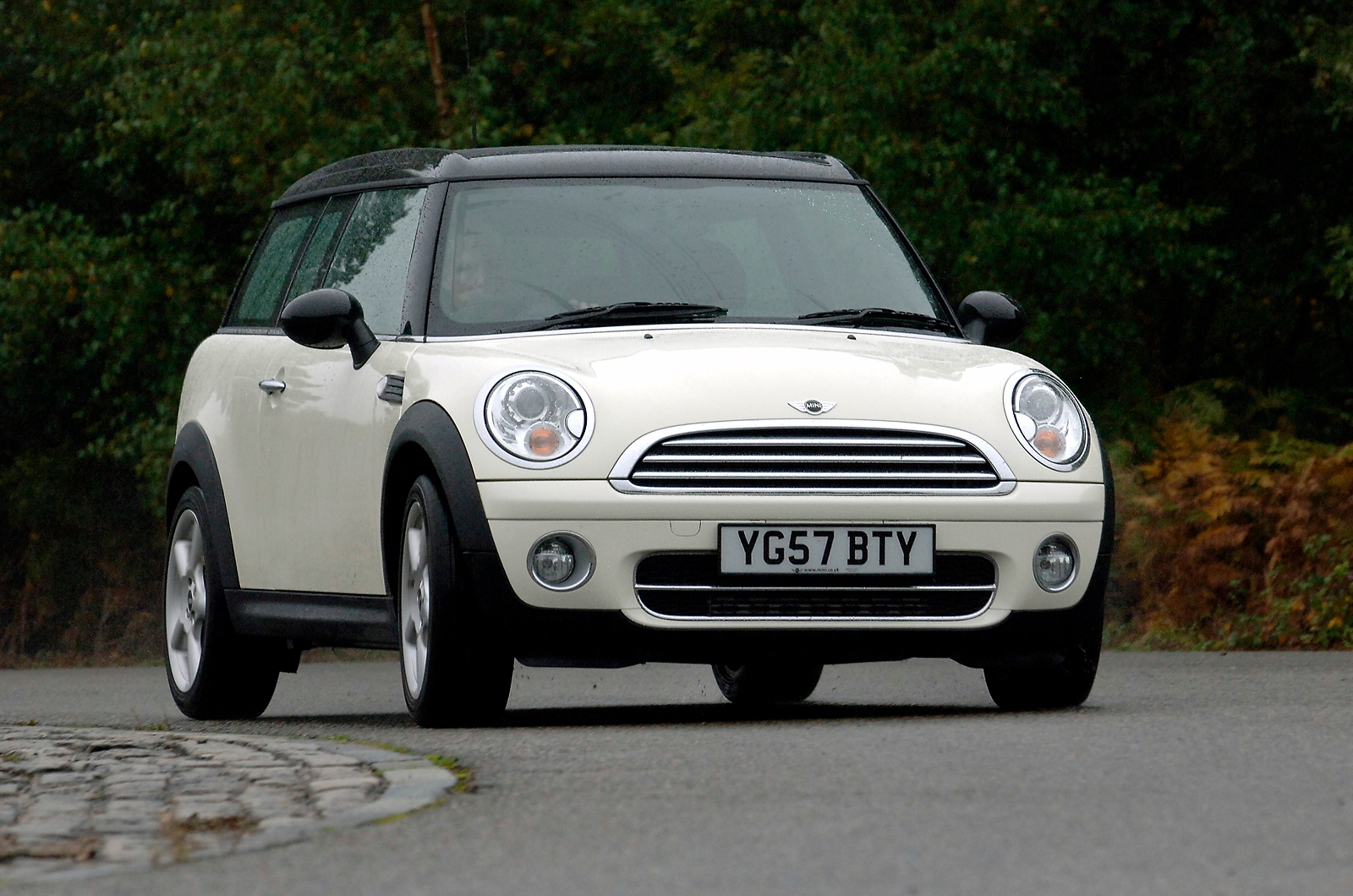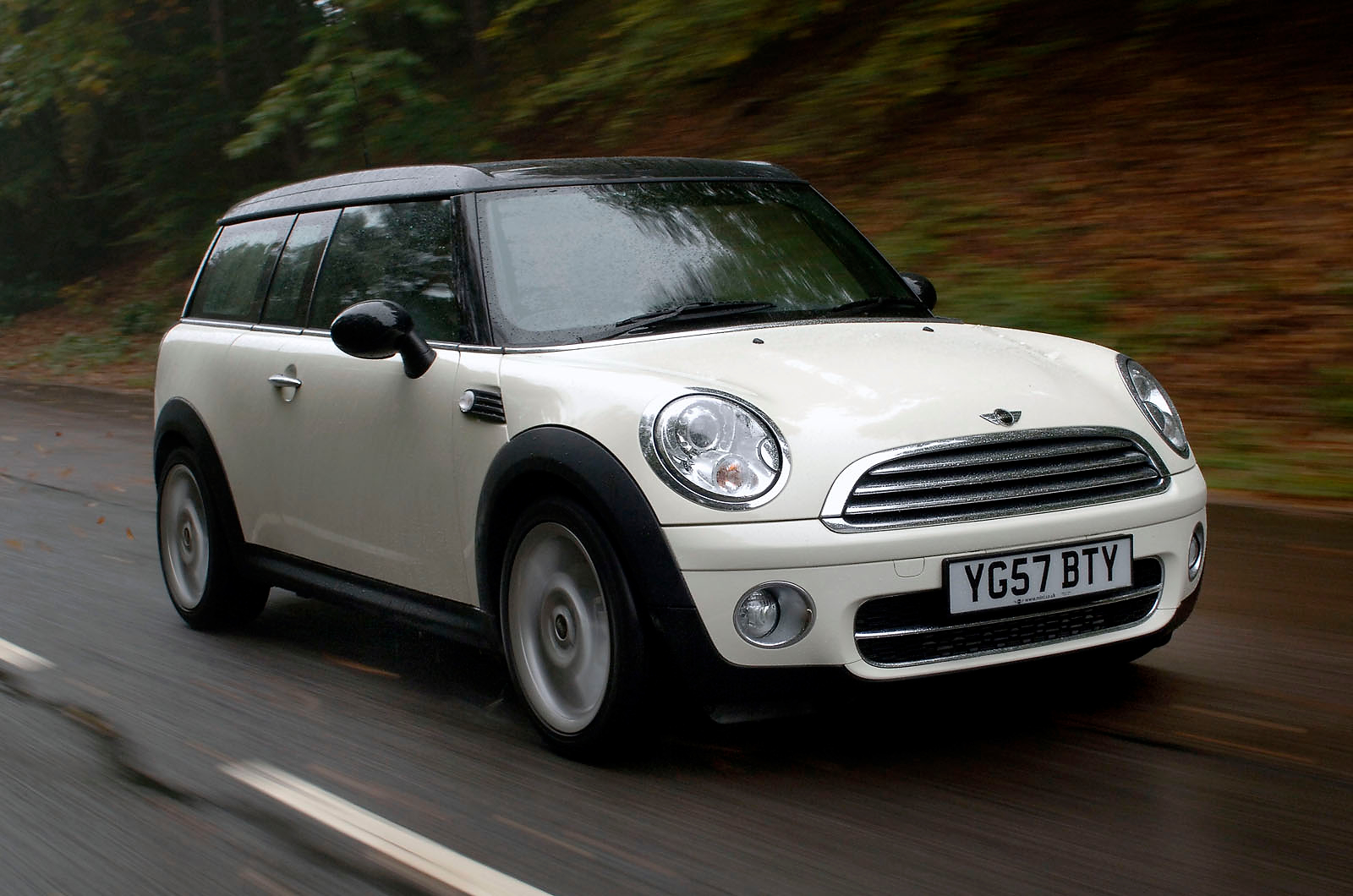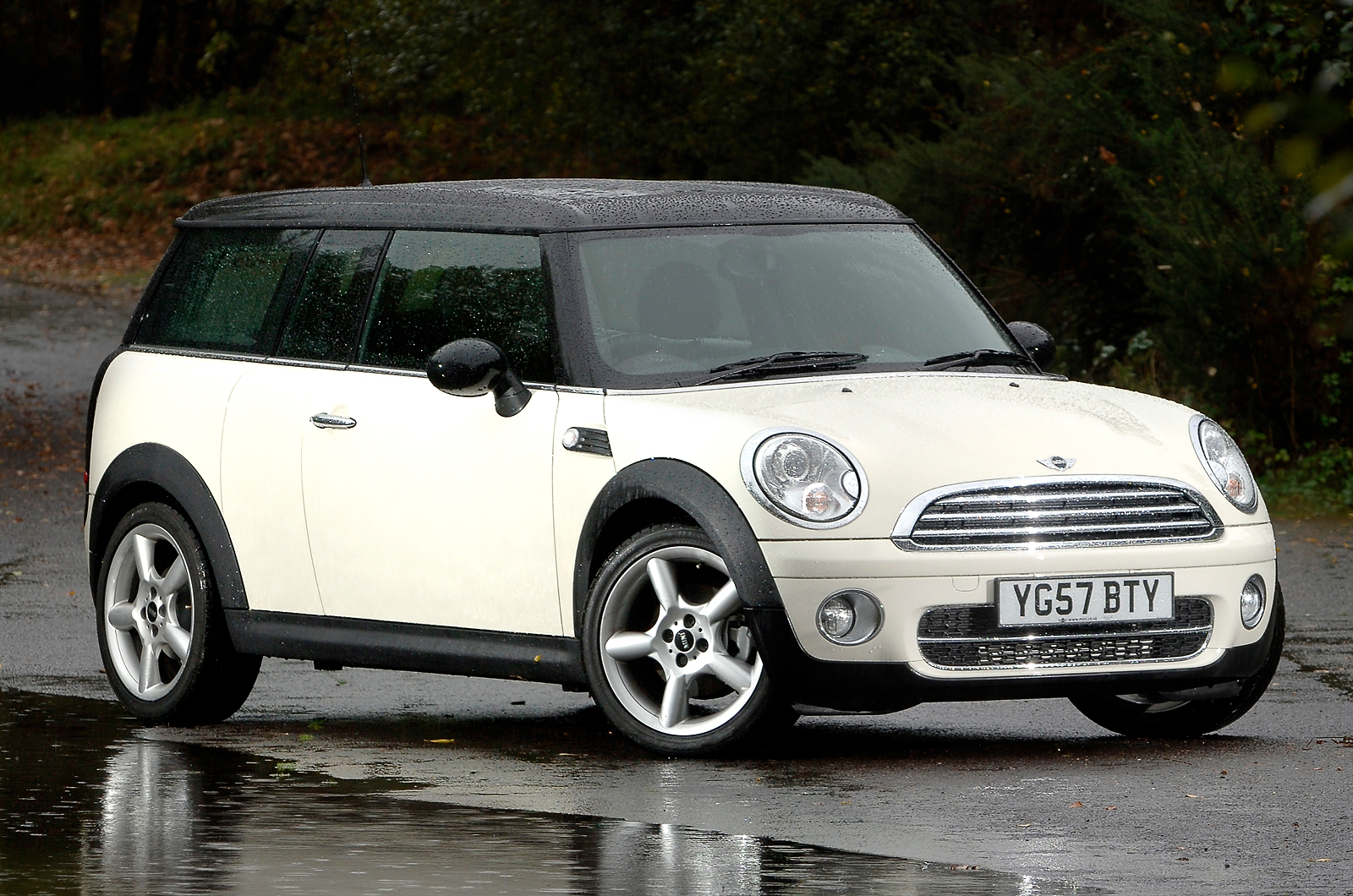The history of Mini since BMW bought the marque has been one of the greatest automotive success stories of the modern era. BMW produced a thoroughly modern, distinctive and desirable car, and with Mini established BMW felt it was time to broaden the brand’s appeal, with the answer being the Clubman.
Yes, that name is an anomaly; BMW doesn’t have the rights to use the name of the original Traveller estate.
But the lack of the Traveller name can't have dented BMW's confidence much, or it wouldn't have taken on a project as potentially fraught with difficulty as turning the fashion accessory that is the Mini into a practical wagon.
Unless the balance is perfect you’re either going to destroy a large chunk of the appeal that makes people want Minis in the first place, or you’re going to build one of the world’s worst family cars. Possibly both.
Being Mini, it didn't go down the traditional route with its load-lugging version, instead opting for a strange door arrangement with just one extra side door - on the driver's side. It's quirky to say the least.
As expected, the Clubman is offered in (almost) the full Mini line-up, including petrol and diesel versions of the One, Cooper and Cooper S, along with the crazy fast John Cooper Works model, which dines on petrol only. Special editions include the luxurious Hampton Clubman and as ever buyers have a huge number of customisation options.


